How and how to whiten trees in spring?
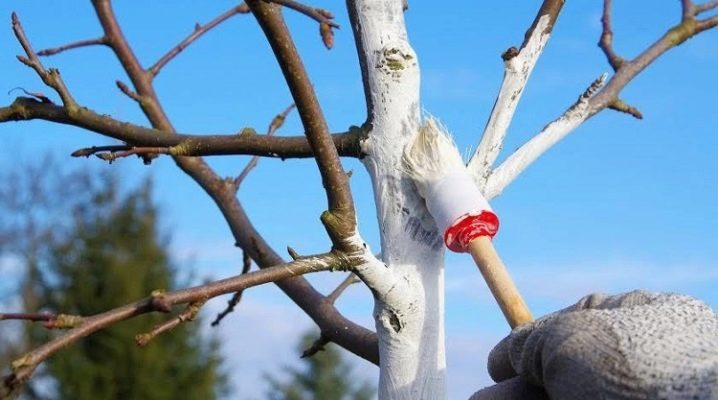
Proper care of fruit trees is the key to their health and longevity. In addition, thanks to this, you can be sure that the future harvest will be plentiful and of high quality. One of the most important points in tree care is spring whitewashing, which provides reliable protection from external factors and pests.
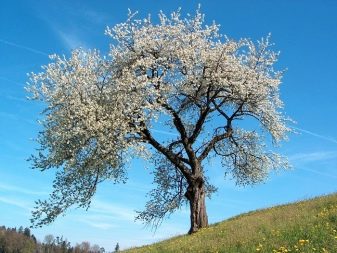
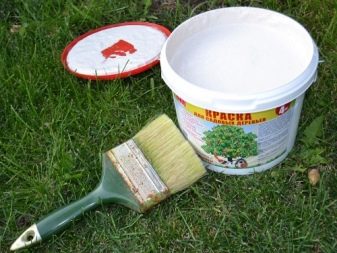
Why do you need whitewashing?
The stem (the bottom of the tree) is considered the most unprotected and vulnerable part of the tree, therefore attention must be paid to the processes designed to ensure its protection. That is why experts recommend whitewashing at least twice a year in order to reliably protect the lower part of the tree from external factors and pests.
Whitewashing in the spring is necessary for such purposes.
- In spring, the bark of trees is quite thintherefore it cannot withstand most external factors. For example, direct sunlight at this time of the year can cause serious harm to a living organism. Whitewashing allows you to create a special protective layer that does not allow ultraviolet rays to penetrate deep into the tree and does not allow them to destroy the bark.
- It gets pretty cold in the spring at night, and sometimes there are frosts. Warm rays from the sun heat up the bark of the tree during the day, but the trunk remains cool. At night, everything freezes, which causes the bark to peel off from the rest of the tree.
- Whitewashing is extremely important to reflect the sun's rays. The bark is brown, which attracts the sun's rays. But white surfaces reflect light, as a result of which the wood does not warm up much.
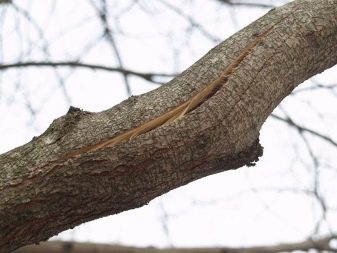
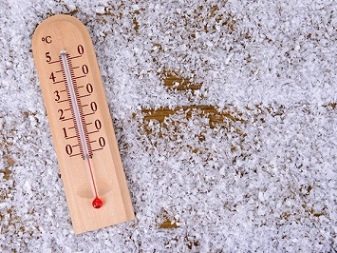
In addition, sudden changes in temperature and the presence of scorching sunlight can cause cracks on the surface, as well as drying out of the wood. The presence of white whitewash will provide protection against these phenomena, it is considered a preventive measure against cracking.
Another problem that whitewashing is designed to solve is the spread of infectious and fungal diseases. A sick body is much more difficult to cure, so it is best to take preventive measures in the form of white whitewash. If a tree is in the forest, then very often it is attacked by rodents who like to feast on the bark. In addition, harmful insects can lay their larvae here, which negatively affects the state of these representatives of the flora. In this case, whitewashing plays the role of an excellent antiseptic, which provides the tree with protection from the negative effects of external pests.
In cold regions, this process provides protection against the appearance of an ice crust., which is very often the cause of future cracks or damage to the trunk. All this leads to serious damage to the wood, which is almost impossible to get rid of. Some summer residents believe that it is necessary to whitewash only fruit trees, but others can be forgotten. This opinion is extremely wrong, because whitewashing is necessary for all trees, without exception, regardless of their type or age. Even if it is a young bark, it needs processing and a protective layer. The only difference is that a more gentle whitewashing product can be used for young seedlings.
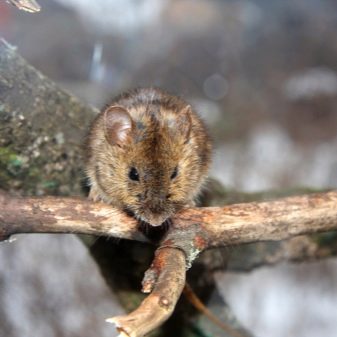

Timing
To ensure maximum efficiency, it is necessary to carry out spring whitewashing correctly and on time. The ideal time is the beginning of March, when the trunks heat up to 10 degrees during the day, and severe frosts are possible at night. All this leads to the fact that during the day sap begins to move inside the trees, and at night it freezes, which causes tissue rupture.
White paint in this case will repel the sun's rays, thus providing the bark with protection from overheating. Thanks to this, trees will not begin to wake up ahead of time, which can negatively affect their condition and longevity. In April or May, it makes no sense to whitewash, since the air temperature does not differ in differences.
What formulations are used?
The composition used is extremely important, because it depends on the component inside how effective the entire wood processing process will be. Today, garden whitewashing can be done using lime mortar, as well as water-based paint.
Any effective formulation must include the following components.
- A white pigment that is chalk or lime. It is he who gives the surface a white color and provides reliable protection from sunlight.
- An adhesive base designed to ensure reliable adhesion of the pigment to the bark. In addition, it is thanks to the glue that the composition does not flow down.
- Fungicides, the main purpose of which is to destroy infectious microorganisms in the cracks that have already appeared.


One of the simplest yet most effective ways to protect trees is to use a white solution that has been used by gardeners for decades. That is why there are a huge number of recipes in which not only the proportions differ, but also the ingredients themselves. In this case, chalk or lime is an obligatory component.
Among the main recipes are the following.
- Dilute about 2 kg of lime or chalk into 10 liters of water, and also add 500 g of copper sulfate and casein glue. The latter, if necessary, can be replaced with flour paste. All these components must be mixed as efficiently as possible until each of the ingredients is completely dissolved. A few hours after preparation, the composition can already be applied to the trunk and other parts of the tree.
- Mix 10 liters of water, 2 kg of lime, clay, manure and 250 g of copper sulfate, which is also extremely effective in the fight against fungal diseases. That is why such a composition is very often used for processing fruit trees.
- Dissolve 400 g of copper sulfate in 2 liters of hot water and add there 100 g of casein glue and 2 kg of lime.
Lime should be extinguished correctly so that the solution does not wash off with rain after application.
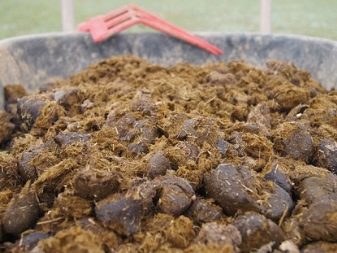
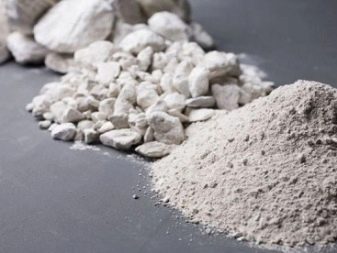
The main disadvantage of using news is that the finished composition is quickly washed off, so in the fall you will have to process the trees again. If you use water-based paint, then it will be enough to carry out just one treatment every year. Water-based paint boasts of its durability as it forms a unique breathable coating on the surface, which is renowned for its resistance to washout.
In addition, water-based paint can be used during the treatment. When creating such a composition, it is also necessary to use various pigments, latex and antiseptic preparations. Thanks to this, it is possible to obtain a solution capable of forming an air-permeable coating, which at the same time does not allow the sun's rays to pass through and provides reliable protection of the tree from external pests. The main advantage of such a composition is that it lasts for about 2 years, which greatly simplifies the work of the summer resident. It should be borne in mind that painting can only be done if the air temperature is above 5 degrees.
You can buy all these products in specialized garden stores, as well as prepare yourself using various paints. In this case, adhesive agents and fungicidal preparations should become mandatory components, which are designed to ensure the safety of the tree from the effects of the fungus. Not only the type of product used is important, but also the correct application. First of all, it is necessary to correctly dilute the whitewash. To do this, it is worth mixing all the components well, adding to the water in small portions. The result should be a thick liquid, which in its composition resembles oil paint.
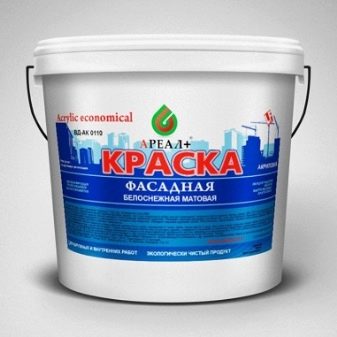

Required tools
Various devices are used to effectively apply the resulting mixture or paint. Among them are washcloths, brushes, paint rollers and spray guns. Washcloths that can be used to process any wood are considered one of the most convenient and versatile., regardless of its age and characteristics of the bark. In addition, such a tool is very cheap, and you can find it at any hardware or hardware store. The only drawback of using a washcloth is that it is not very comfortable, as a result of which the processing process will be laborious and long.
That is why most summer residents choose flat brushes, which allow you to use a larger amount of solution and greatly reduce the time spent on work. These tools are the ideal solution for trees that are distinguished by embossed bark. Flat brushes boast long hair that can penetrate any indentation and stain even small cracks in the surface.
Another fairly effective tool is the spray gun. It shows itself perfectly in cases where it is necessary to process large areas. For example, this tool is simply irreplaceable when processing trees in parks and city squares.
In this case, it is best to use water-based or acrylic-based paint, as they are more suitable for use in combination with this tool.
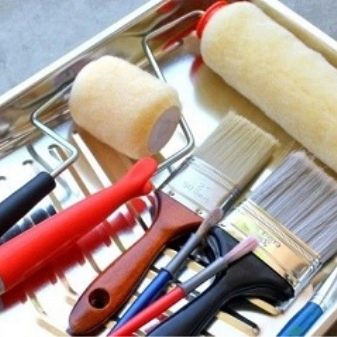
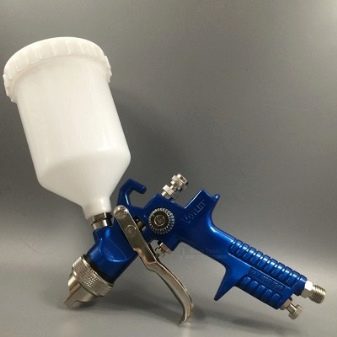
How to whiten correctly?
It is not enough to prepare the mortar and apply it to ensure reliable protection of the tree. First of all, it will be necessary to carry out preliminary work on the preparation of the shafts, which will make the process and further work more effective. First, you need to get rid of the old bark that has died and is not of any benefit to the flora. And you can remove it using wooden tools that will separate the pieces from the surface. It is best to treat the entire bottom, including the top layers, as this will maximize efficiency. Choosing a cloudy day for this will greatly simplify the task, since the bark will be wet, making it much easier to remove it.
The cleaned bark must be treated with disinfectants, as well as special preparations based on copper sulfate. The best way to do this is to use a spray or sprinkler so that moisture settles on the surface, rather than running down it. It is best to start the whole process early in the morning so that the bark is completely dry by evening.
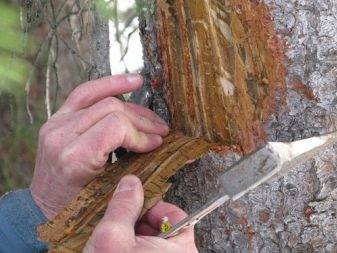
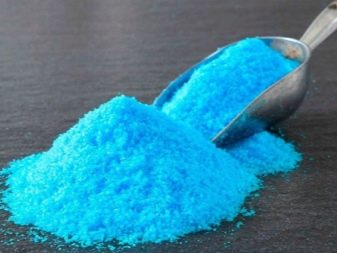
It should be noted that the use of these fixing agents based on preparations with copper can not be used more often than once a year, as too much concentration can become toxic to the tree.
That is why it is recommended from time to time to use various fungicides with ash, which are also useful and completely safe for the environment. The height of the whitewash should be determined depending on the size of the tree itself and its type. In any case, you need to make sure that the entire lower part will be processed, as the presence of any open area can completely negate all work.
Thus, whitewashing trees in spring protects them from temperature extremes, the negative effects of sunlight, fungi and infectious diseases. Close attention must be paid not only to the correct choice of components and the preparation of the solution, but also to the peculiarities of its application to the wood surface.




































































The comment was sent successfully.